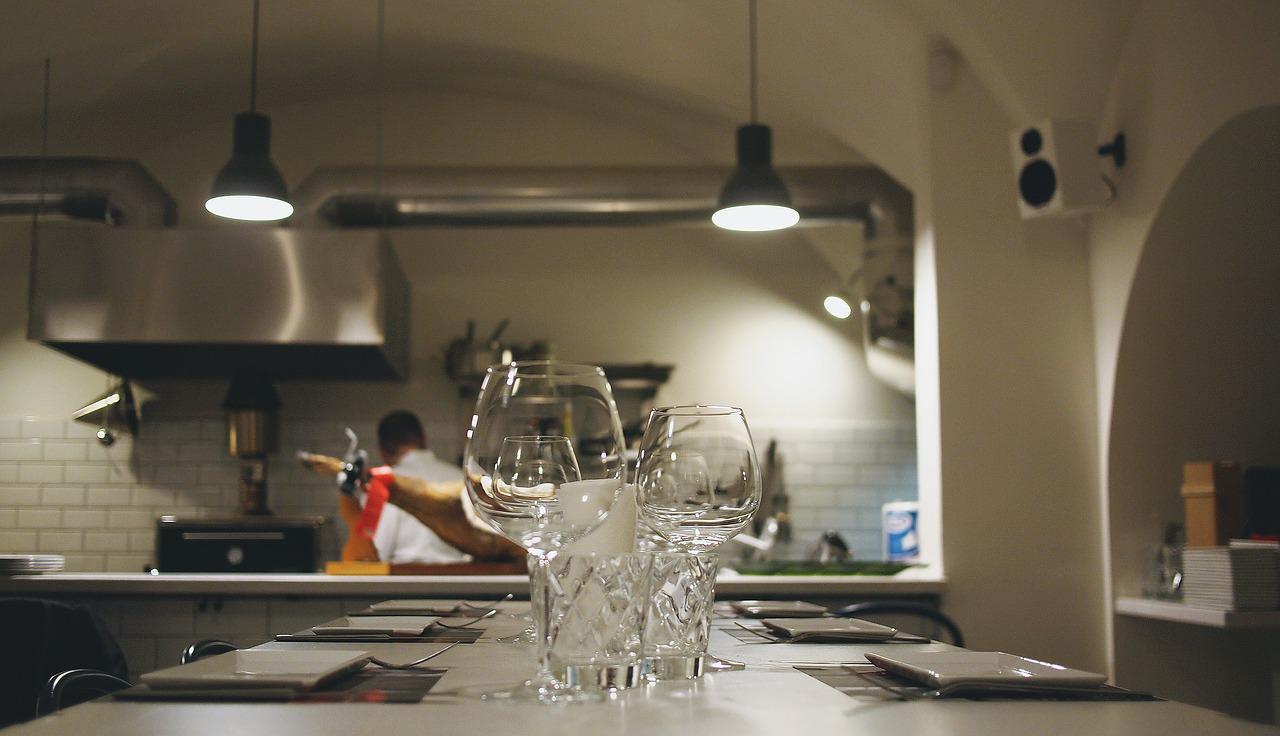
Operational costs are a hot-button issue for anyone involved in managing or owning a commercial kitchen. Whether you are a restaurant owner who operates on razor thin margins or an organization—either government-run or a NGO—with a limited budget, cutting costs in your facility is vital.
The question is not should you cut costs, but where? When you look at the costs associated with running a commercial kitchen, energy costs rank right up near the top. From heating and air-conditioning to gas, electricity, water, etc., utility costs in commercial kitchen spaces add up quickly.
Switch to Smart Exhaust Hood Systems
Smart exhaust hood systems, also known as Demand Control Kitchen Ventilation (DCKV) systems, greatly increase the energy efficiency of commercial kitchens. These systems attach to your current kitchen exhaust hoods, automatically detecting smoke and effluent. Rather than having your ventilation fans run 100% of the time, DCKV systems are autonomous and self-adjusting. They slow down fans and only increase the speed when necessary. This allows you to save energy, eject less conditioned air from your facility, and release fewer carbon gases into the atmosphere. These systems are estimated to save commercial kitchens (depending on their size) thousands of dollars in energy costs every year.
Routinely Check for Water Leaks
Small water leaks can go unnoticed for long periods of time. While they do not cause the same amount of damage as a larger-scale leak, they can drive up the water bills in your commercial kitchen if they are not repaired. These types of leaks can occur in piping and equipment, whether they are indoors or outdoors. Routine checks of your plumbing systems and equipment will help you avoid damage, keep water bills low, and maintain the performance of your equipment that needs water for normal operation.
Energy Efficient LED Lighting
LED lighting can use up to 90% less energy and last 15 times longer than standard incandescent bulbs, according to Energy Star. Replacing standard fluorescent tubes with LED lights can decrease energy usage by up to 60%. LED lights also produce far less heat, which is ideal for keeping temperatures lower in your kitchen spaces. This type of lighting will make your commercial kitchen space a more comfortable and cost-efficient space to operate.
Equipment Maintenance
Poorly maintained equipment operates less efficiently, which consumes more energy while reducing performance. Some of the best equipment maintenance to perform for energy efficiency includes:
- Checking water supply pressure on dishwashers. Weak water supply can lead to dishes needing to be recleaned. Increased water pressure leads to wasted water.
- Clean refrigerator condenser coils of dust, grease, etc. Dirty condenser coils require refrigerators to work harder and waste energy.
- Switch to high efficiency fryers and make sure they are maintained. This will save on both oil and energy costs.
- Check the water pressure on sinks and switch to low-flow spray valves.
Make Sure Your HVAC System is Balanced Properly
Unbalanced HVAC systems can lead to wasted energy, hot and cold spots in your kitchen, condensation, and many other issues. Learn more about unbalanced HVAC systems here. To save money on your heating and cooling bills, make sure you have routine inspections of HVAC system to ensure it is running efficiently and is balanced properly.
Looking to save on energy costs in your commercial kitchen? Trust Melink to provide you with DCKV systems and other services that help. Get in touch with us today to learn more.
